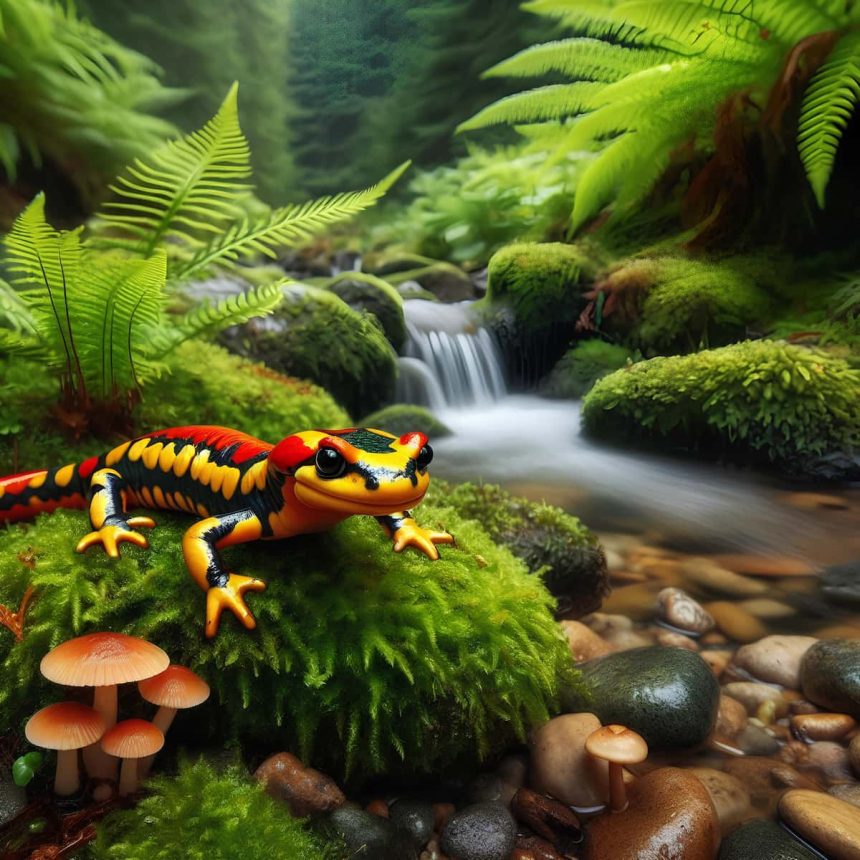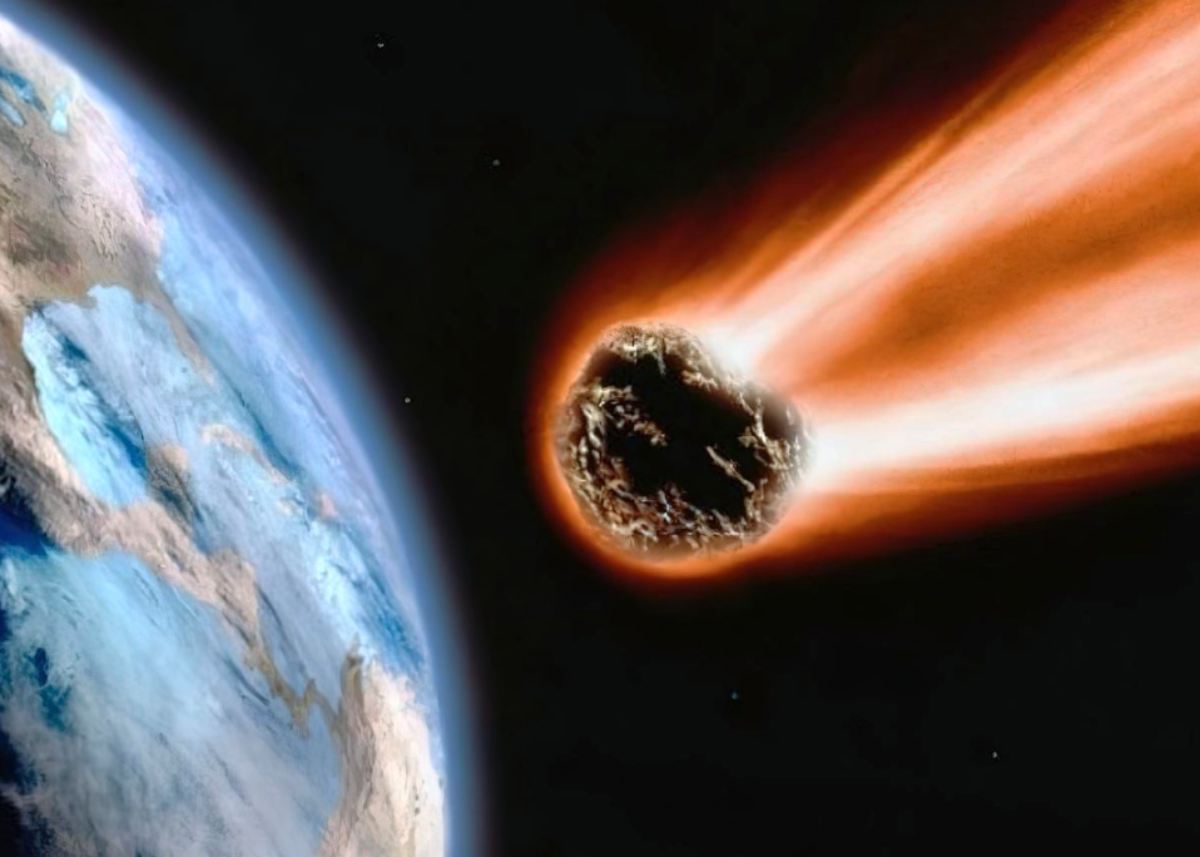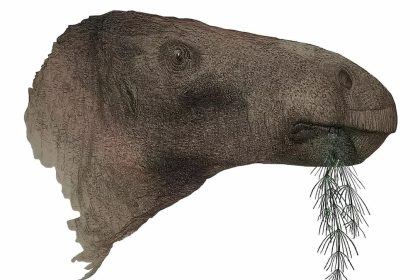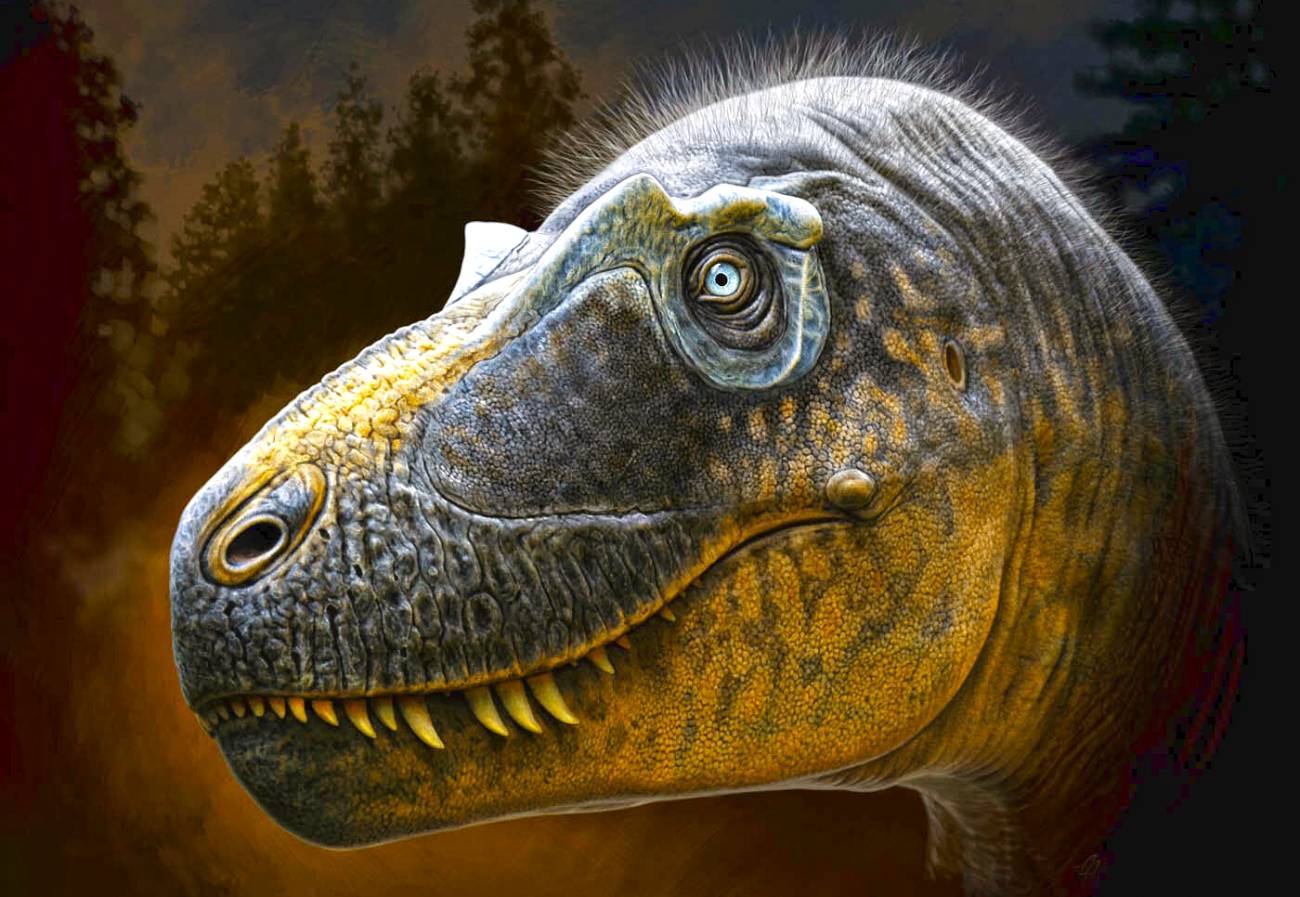It was during excavations in the Namibian desert that paleontologists stumbled upon these strange fossils, quickly identified as representing a new, previously unknown species. The reconstruction of the remains of four individuals found at the site allowed researchers to paint a picture of the new species, Gaiasia jennyae: a wide, flat head measuring nearly 60 centimeters, attached to a body 2.5 meters long. Analysis revealed that it was a tetrapod (four-limbed vertebrate) resembling a giant salamander.
A Terrifying Predator Inhabits the Swamps of Southern Gondwana
This animal is thought to have lived 280 million years ago, during the Permian period, long before the appearance of the first dinosaurs. Its considerable size, sharp teeth, and jaw shape suggest that it was a large predator, likely spreading terror in the swampy waters and lakes of the region.
Note that the landscape of today’s Namibia was significantly different and located much further south than it is today. The fossil of Gaiasia jennyae was found in a territory that once belonged to the southern part of the supercontinent Gondwana, located at the northern tip of the present-day Antarctic continent.
Archaic Features of Proto-Tetrapods Thought to Have Long Disappeared
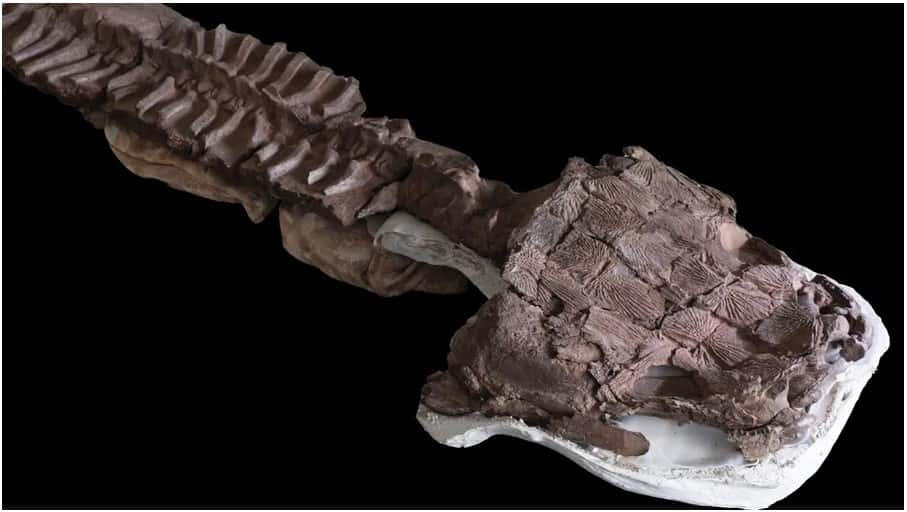
The very archaic character of Gaiasia jennyae intrigues researchers, who present their discovery in the journal Nature. It is actually a proto-tetrapod, which sits in the evolutionary tree between fish and the first true tetrapods that began to reign on the continents during this period.
Gaiasia jennyae still possesses many aquatic characteristics, such as gills and underdeveloped limbs, allowing it to live both in water and on land. Until now, it was thought that these animals had disappeared nearly 40 million years earlier. This new discovery shows us that they may have survived much longer in certain specific environments.


